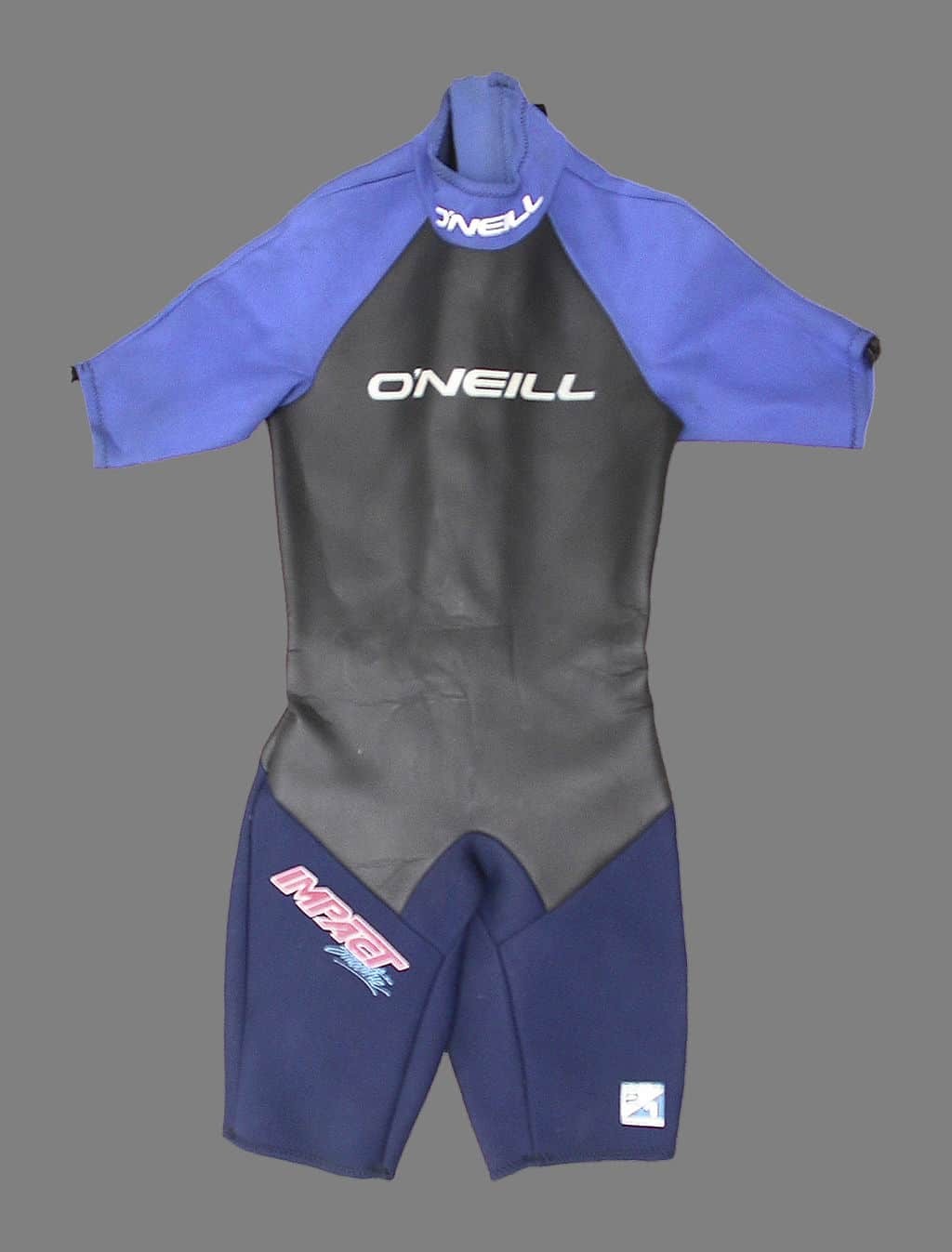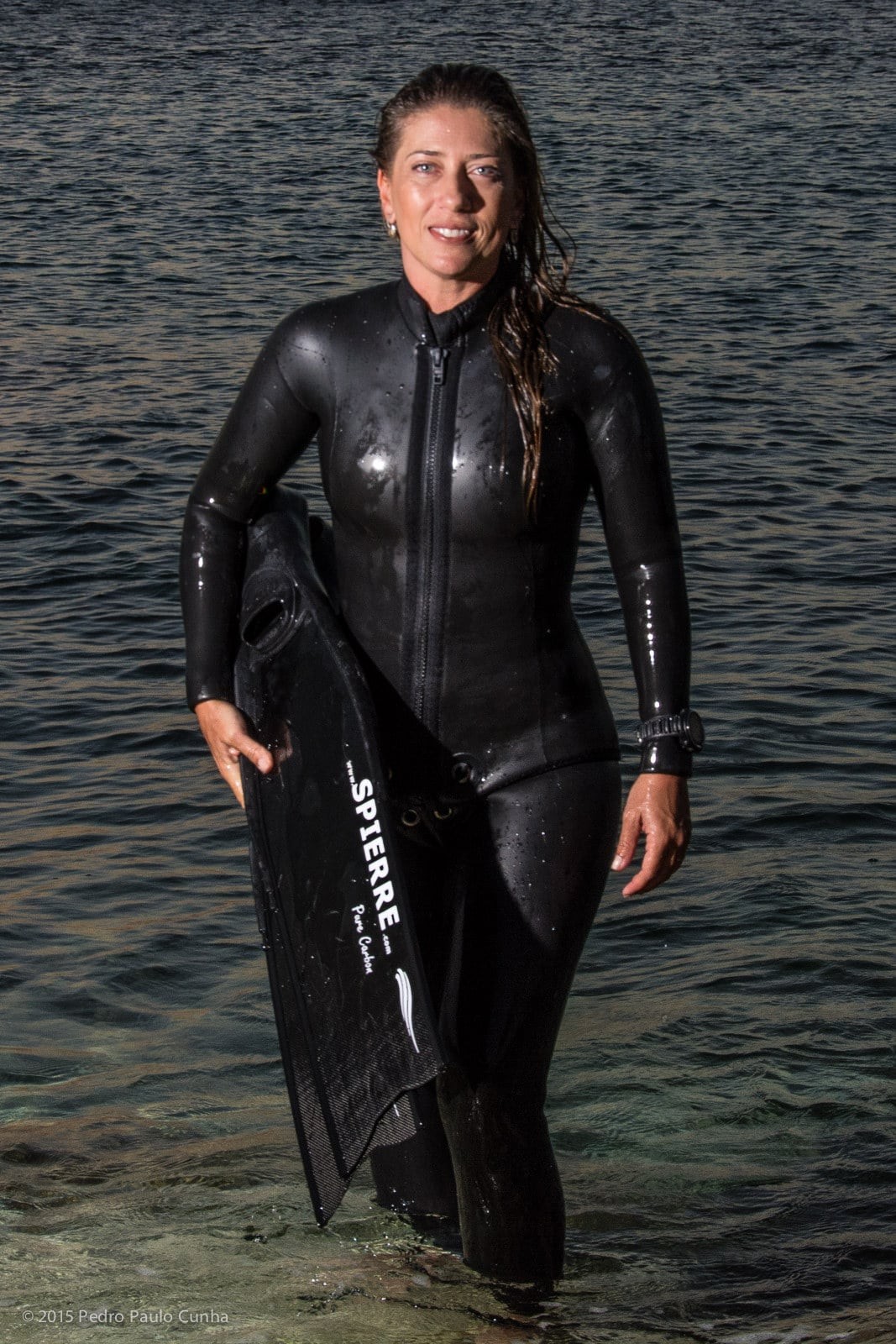Everyone likes to “chill” after a dive but it is not so great getting chilled during the dive. Water cools the body much faster than air will, leaving you getting cold even when you feel that the water is not that cold. The answer is to wear an exposure suit. Exposure suits are used to slow the lost, but not all suits are created equal. Wetsuits are normally used in tropical waters while cold water diving may require a dry suit.
When you first started to learn to dive you likely were given a wetsuit to put on, however, you most likely was not told anything about it. Your exposure suit is often one of the first things that you buy after your mask and fins. People feel more comfortable having their own suit up against their bodies, than putting on a rental that they have no idea who wore last. To many people, putting on a rental suit is not much different than putting on another person’s underwear. And we all know the source of that faint odor, and it is something you would never do.
Exposure Suits
This article will discuss wet suits but you should also understand that there are other types of exposure suits for different applications.
- Dive skins – A dive skin or a rash guard are of a thin material often Lycra. They are made for skin protection more than thermal protection. They are to protect from accidental scrapes and stinging animals or as the sale materials call it biological irritants. While all clothing will provide some protection from the sun, some clothing are designed to provide added protection. Some dive skins will have a stated Ultraviolet Protection Factor (UPF), a rating system similar to the Sun Protection Factor (SPF) of sunscreen lotions and creams. The higher the number the better the protection. There is no clear dividing line between dive skins and wet suits as some dive skins are made from Neoprene, the material used for wetsuits for its thermal properties. Neoprene dive skins are either .5mm or 1 mm thick. They provide a minimal amount of thermal protection. Some divers will wear a dive skin beneath a wet suit. This can be either to make it easier to get the wetsuit on and off or as a additional layer.
- Wetsuits – The most common exposure suit used will be the wetsuit. Made from Neoprene, an synthetic rubber, a wetsuit is designed to slow down the rate the water cools your body. The process of creating Neoprene introduces air bubbles into the material. When divers enter the water, the water is absorbed into the outer layers of the wet suit. There it is trapped and act as an insulation layer between the body and the outside water, in the process that slows the rate of heat lost. The thicker the Neoprene the greater the insulation factor, also the more positive buoyant you become. The thickness you need to keep warm vary by individuals and the activities they are involved with. As a general rule of thumb, a 3 millimeter (mm) thick Neoprene suit is suitable for water temperatures between 75 – 85°f. Dropping the temperature a little to around 65-75°f range and the most common wet suit will be around the 5mm thickness. The head is one of the bodies biggest heat lost points, so many divers will also add a hood in this temperature range. Below this range 7 and 8mm suits may be used. Some divers will use a 8mm in water down to the high 40s, based on their own comfort level. You may see suits in this thickness range referred to as semi-dry suits. These suits are designed with dry suit styled cuffs around the hands, feet and neck. This is done to seal the suit to restrict new water entering the suit that your body would have to heat.

Dry Suit By Joe Mabel Creative Commons - Dry suits – When the water gets too cold for your wet suit, it is time to turn to a dry suit. With a wetsuit, the thickness of the suit determine the temperatures you will find acceptable. If you want to dive in colder water, you use a thicker suit. With a dry suit the water is kept away from your body. You adjust for different temperatures the same way you do in the winter, you add or remove layers of clothing under it. Diving with a dry suit take a little extra training. The suits will have have a inflator valve and an exhaust port. The dry suit and not the BCD becomes the principal method of buoyancy control.
Wetsuit styles
Divers have the choice of a few different style to choose from. Some of these are only in certain thickness. These are the basics, however, you will find variations and different manufacturers calling things differently

- Shorty – These wetsuits can be used alone or over other suits for extra heat protection. They cover the torso and the legs to the upper thighs. The arms are covered to the bicep area. Normally found with a front zipper.
- Jumpsuit or full suit – These are a one piece suit that covers from the neck to the ankles. The arms are fully covered to the wrist. The thicker suits may have an attached hood. Because they cover more of the body, they will keep you warmer than a shorty but also restrict your movement more.
- Farmer John/ Farmer Jane – This is a two piece suit. The base part of the suit is the John (Jane for female suits), which covers from the neck to the ankles. It does not have any sleeves. Over top of the John/Jane is a jacket. This is similar to the shorty except it has long sleeves. This combination gives extra insulation over the bodies core section. In warmer waters, the jacket can be worn alone or with a rash guard.

Wetsuit Material
One additional point that needs to be made, concerns the Neoprene the wetsuit is made from. As we dive, the increased pressure will cause the Neoprene to compress which will cause it to lose some insulation properties. Wetsuits designed for scuba diving use a grade of Neoprene made to resist this pressure and maintain its insulation properties as deep as possible. Surfers, jet ski riders and other water sport enthusiast may also use wetsuits. The suits used in these applications do not need to stand up to the effects of pressure. You will find that suits made for these activities will not keep you warm as you dive deeper.
As you get ready to purchase that first wetsuit, think carefully what your needs are. Try a few different styles and by different manufacturers if possible. A proper fit is critical to get the best out of your suit.

